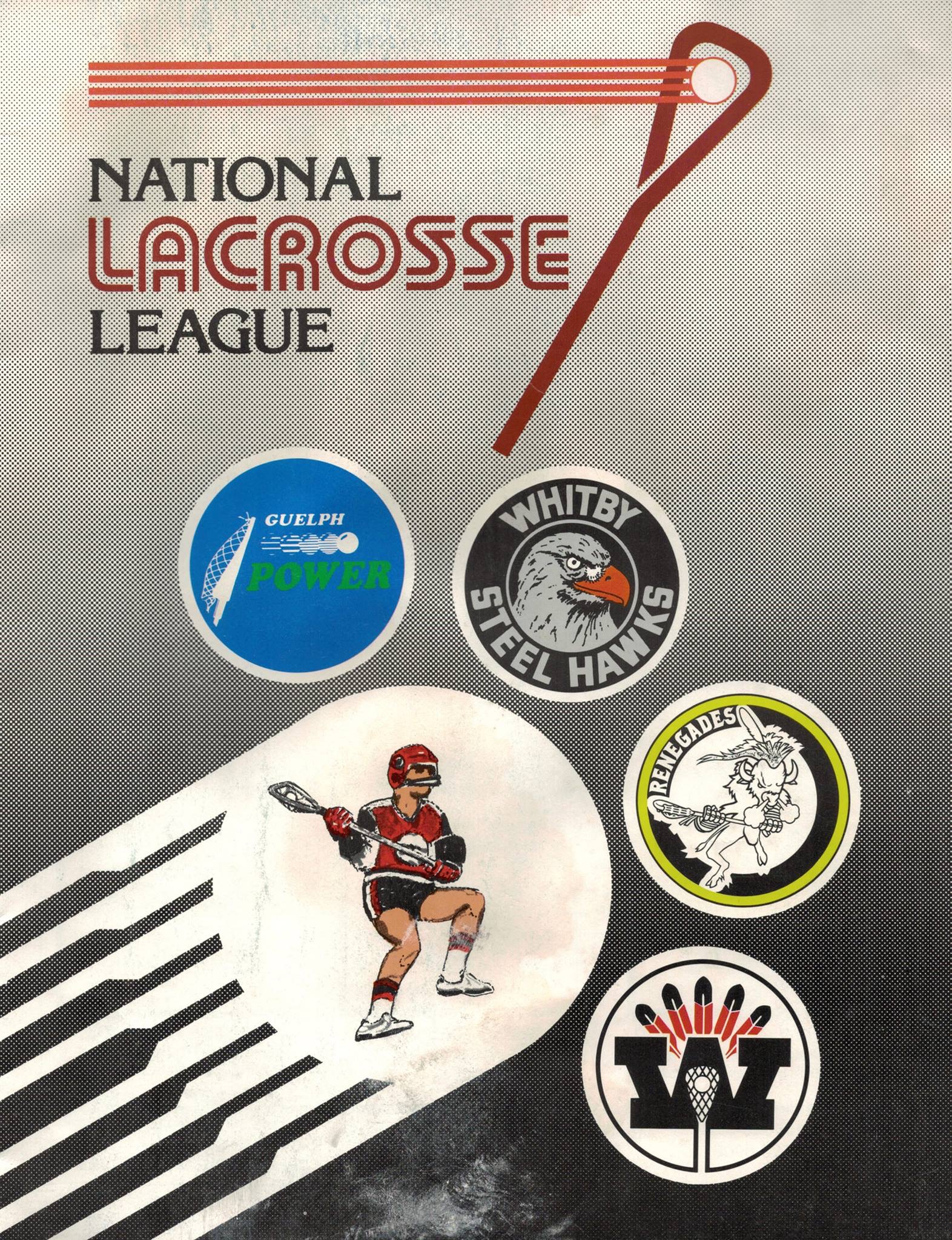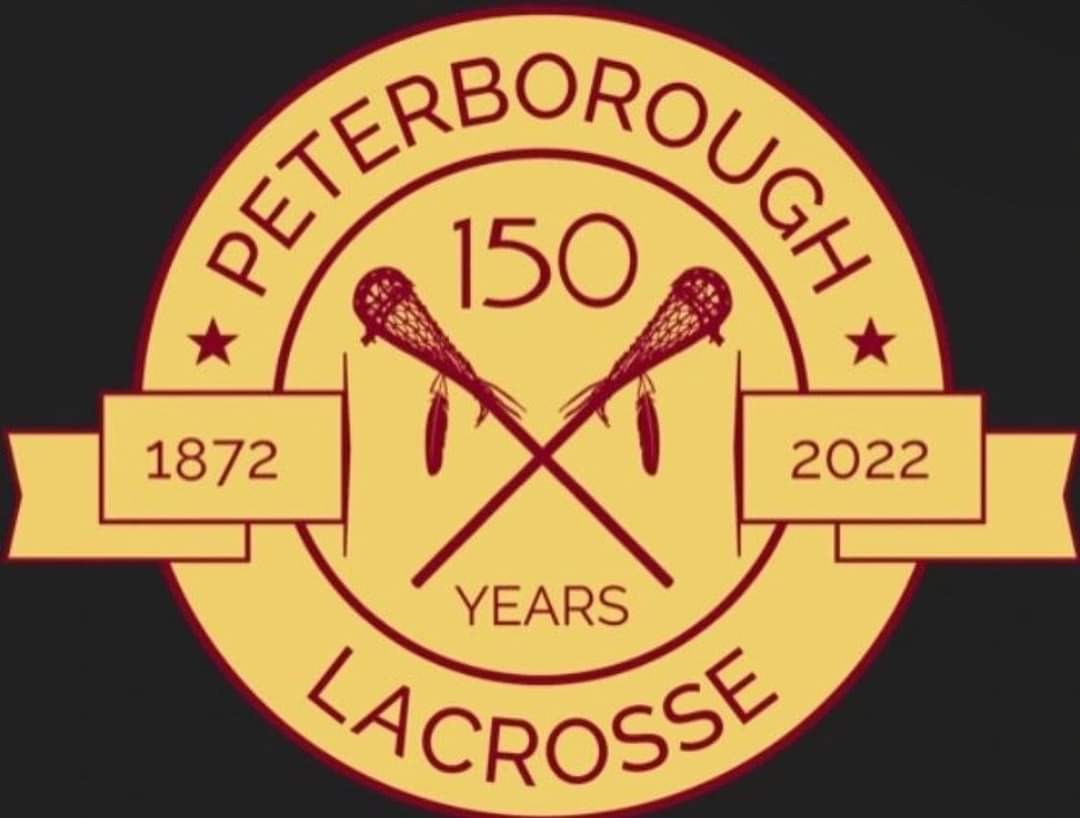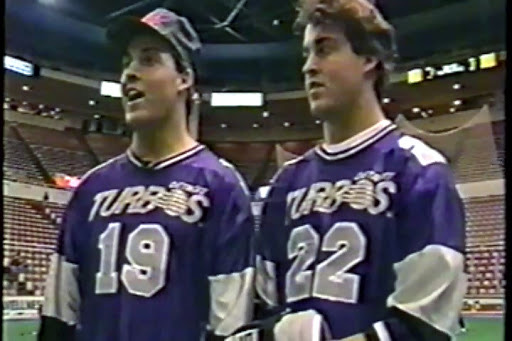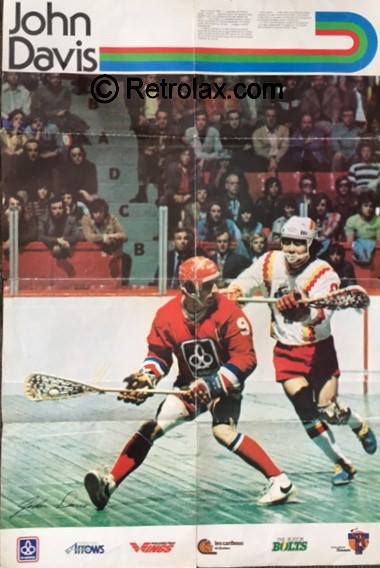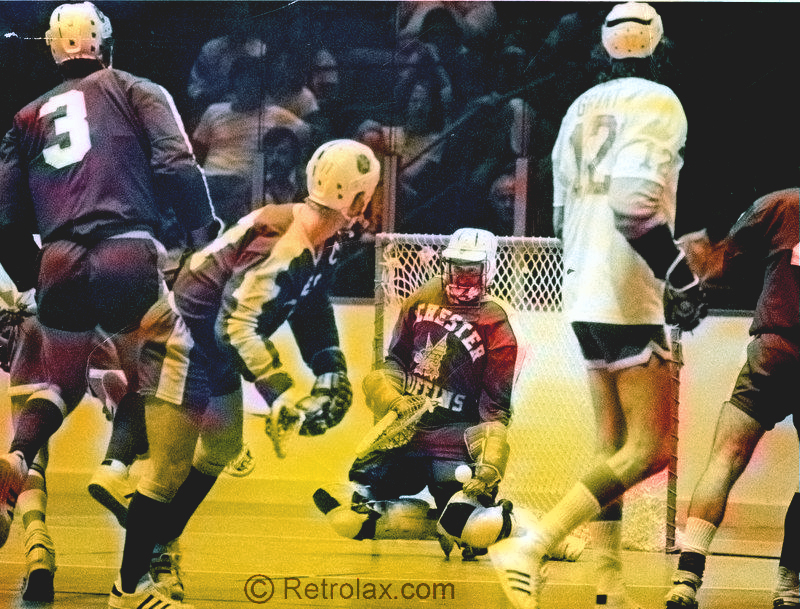Hockey people take one look at box lacrosse and, once the shudders at the bodily contact have passed, invariably call it hockey without ice. Very nice of them, too. But the truth is just the opposite. Hockey is lacrosse on skates—and a rather mild form of lacrosse at that.
Lacrosse, you see, was here first. Hockey claims title to being Canada’s national game; lacrosse IS Canada’s national game, declared so by an act of Parliament in 1867, exactly a half century before the National hockey League was born. But the game has a much stronger claim thah a mere piece of paper signed by politicians. It is Canada’s—indeed, North America’s very own game and heritage because it was played first by the first North Americans, the Indians who were here long before the white man knew you wouldn’t fall off the edge of the earth 500 miles from Spain.
They didn’t call it lacrosse. To them it was baggat-away and it stayed that way—some historians claim for centuries—before the French settlers looked at the funny stick with the fishnet on the end and called it “la crosse”—the stick. The invaders had named the game before they ever began playing it.
Mind you, the Indians wouldn’t recognize today’s game with its equipment, its relatively short course, and rules they would find complicated simply because their version didn’t have any. There were no roster limits. Teams ranged from 75 to 200. Sometimes it was village against village with 500-man teams. Medicine men served as both referee and goal line, and if they moved the goal moved with them. Often the line would shift as much as five or 10 miles, depending on the restlessness of the medicine man.
The Indian version called for the deliberate crippling of as many of the other team as possible. Once the team was worn down, they’d switch to goal-scoring and get on with the victory. In fact, similar skullduggery was used to bring about the worst massacre in Canadian history.
On June 4, 1763, two tribes staged a game outside the walls of Fort Mackinac, their squaws along the sidelines, covered in blankets despite the heat. When the soldiers finally opened the gates and came out to watch, the Indians ran to the squaws, took weapons from under the blankets and slaughtered all but three whites. Had there been a lacrosse association at the time, history might have recorded the game’s first official protest.
The earliest notes of games involving the white man place the game as 1894. Since then the rules, the team size, everything about the game has changed except the basic pattern of the stick. What we have left is two games—the original field lacrosse played in colleges throughout the United States, and the “boxla” indoor version in Canada. It is this indoor game, booming at the minor sport level as never before and catching hold everywhere, that the new National Lacrosse League is launching in the most ambitious, best-financed project in the history of the sport.
Maybe the original Indian players wouldn’t like it. The wives carry no weapons, although they’ve been known to swing purses at opposing players—or, for that matter, other wives. But we think you will. A game that’s survived for centuries must have a lot going for it.
One thing, though. Check your tomahawk at the door.
Maybe the hockey people are right. Maybe the best way to look at lacrosse is to think of it in terms of hockey…hockey where every team is the Philadelphia Flyers.
This is a game that creates addicts. And this time, finally, it’s getting a full shot at proving it deserves an equal share of hockey’s North American prestige. Nobody in lacrosse is saying “Give it to us.” What they’re saying in the NLL is “Give us a chance, and we’ll take it.”




